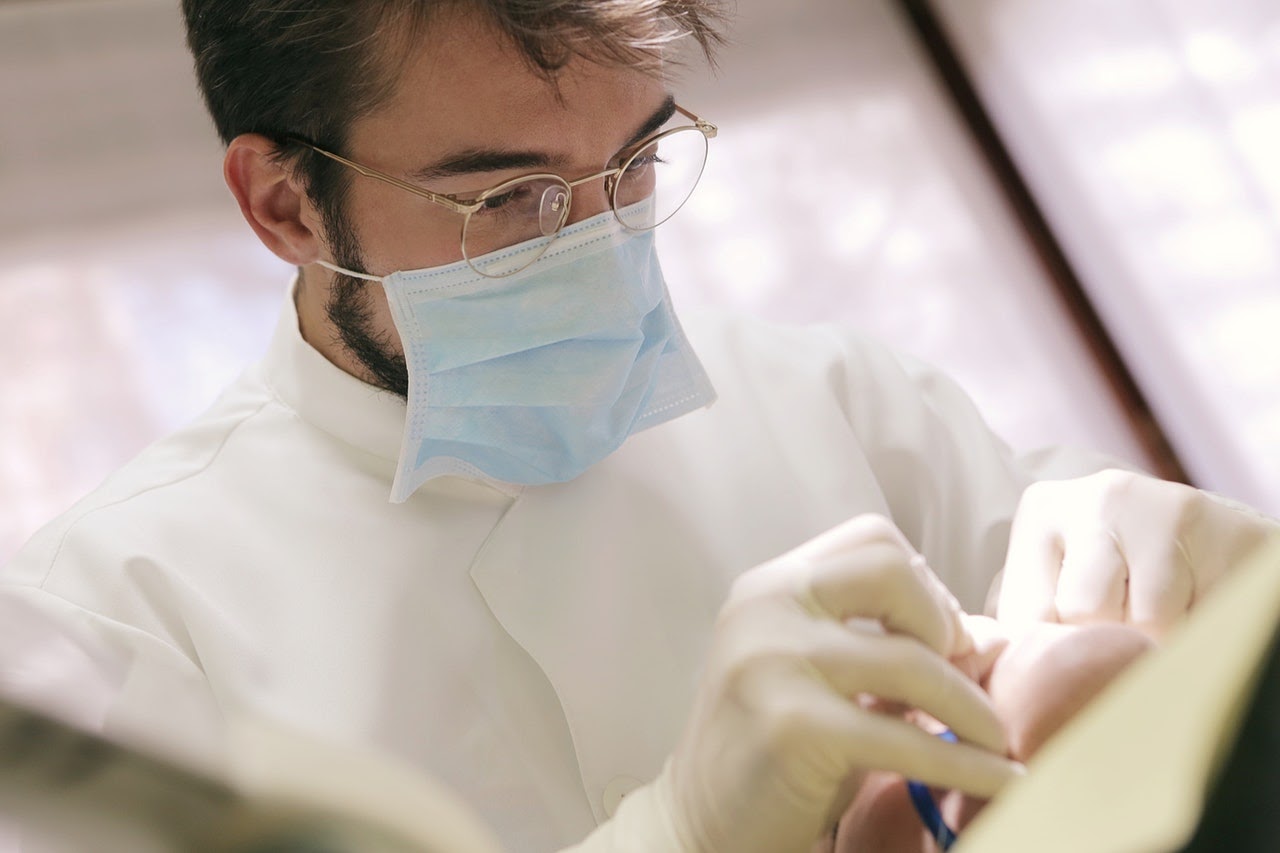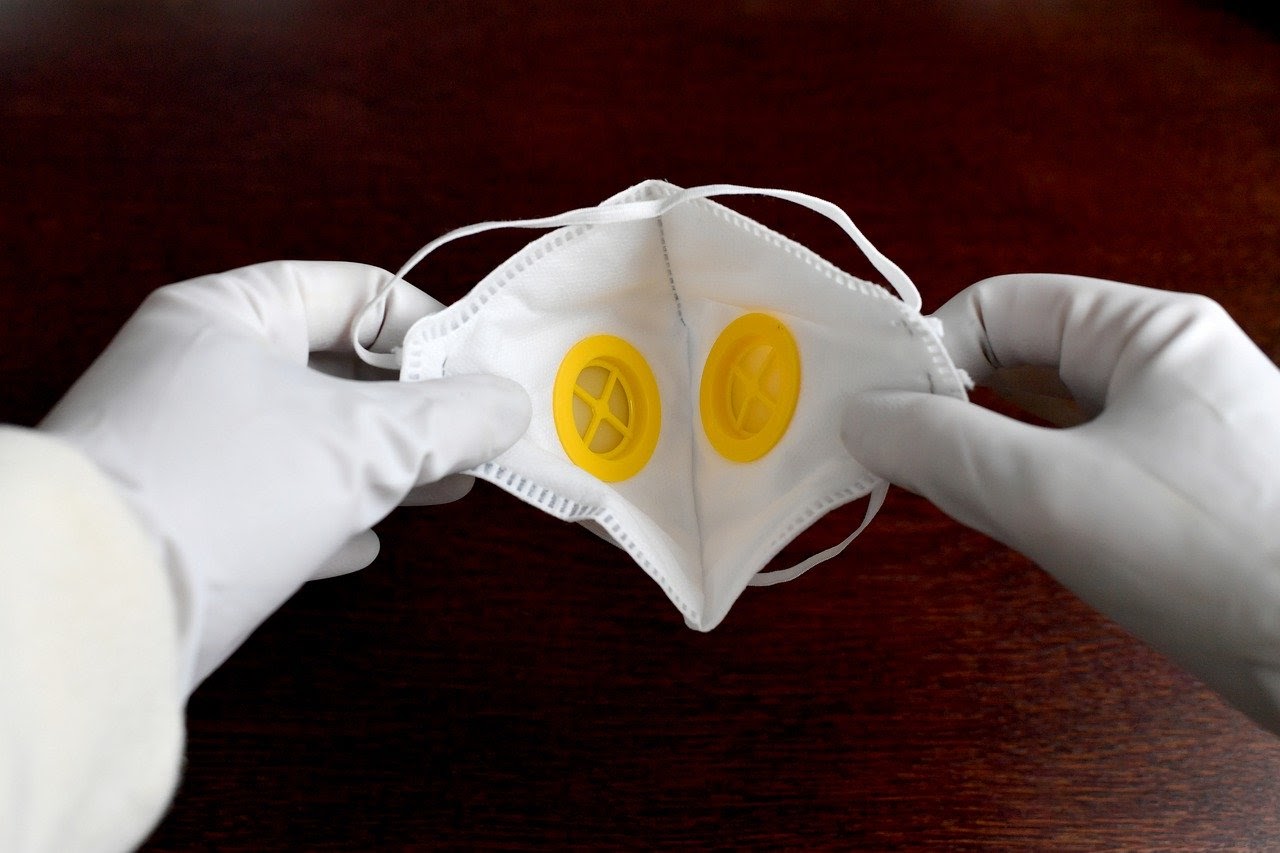Personal protective equipment (PPE) is essential for ensuring adequate levels of health and safety, not just in hazardous workplace environments, but across all aspects of first aid.
PPE is currently in high demand across the globe by medical professionals and members of the public. The current outbreak of Covid-19 has led to a surge in demand for PPE for infection control. Items such as face masks and hand sanitiser are useful for individuals on the go, for protecting themselves and others.
The term may appear a little vague for those not in the know, as it defines a broad scope of first aid items that cater to a variety of industries and predicaments. Here’s a look at what PPE is and where it is commonly used.
What is PPE?
PPE covers everything from face masks and disposable gloves to hard hats and protective goggles. These items are designed to protect the body from injury and infection.
A hot topic right now, PPE for infection control focuses on items that work to form a barrier between areas of the body and hazardous substances. They are complemented by a range of disinfectant products that can be very effective against harmful bacteria.
Antibacterial hand gel and sanitiser is ideal for keeping personal hygiene in check and preventing infections during the administration of first aid. In the event of an accident where there is no access to clean water and soap, these pocket-sized dispensers deliver sanitary conditions during the treatment of wounds.
Alcohol wipes and disinfectant sprays can eliminate germs on surfaces while absorbent granules and body spill kits can safely remove more substantial issues. This should all then be disposed of in a clearly labelled clinical waste bag.
You can read about PPE for infection control in further detail here.
Is PPE mandatory?
Yes, it is a legal requirement for employers to protect their employees from any health and safety risks in the workplace. Employees should not pay for PPE themselves.
The Health and Safety Executive (HSE) states that PPE must be used wherever there are risks that cannot be adequately controlled in other ways. This is backed up by a set of rules outlined by the Personal Protective Equipment at Work Regulations 1992.
PPE also plays a key role in non-workplace scenarios. Personal sanitary items and gloves particularly compliment any first aid kit for the home or while travelling, ensuring a clean environment before and after treating minor injuries and mishaps.
The types of PPE

There are several areas of PPE that focus on hazards to different parts of the body. Here’s an overview of some of the most common areas and the equipment used.
Eyes
Safety goggles and face shields are among the items used to protect eyes from foreign bodies and harmful substances.
Head
Industrial work environments present the risk of falling objects and knocks to the head which can be safeguarded against with hard hats and helmets. Caps and hair nets meanwhile protect hair from becoming entangled.
Breathing
Face masks can prevent the spread of bacteria by blocking small liquid droplets, which may carry germs. Disposable masks are worn as standard by medical professionals and those working on construction sites to guard against dust and harmful vapours.
You will also sometimes see members of the public using face masks following the outbreak of a contagious airborne virus.
Hands
Not only are hands at risk of injury when carrying out manual tasks, but they also pose the threat of transferring infectious materials and bacteria. Disposable gloves and antibacterial gel safeguard exposed skin against the latter of these threats throughout first aid.
Full body
PPE clothing for the full body includes disposable protective suits, coveralls, and aprons.
Who is responsible for PPE?

The requirements of a workplace depend on the hazards involved. This will differ significantly and it is the duty of the employer to conduct an appropriate risk assessment and supply the necessary PPE.
Any PPE sourced for the workplace must be properly assessed by employers before use to ensure that it is fit for purpose. It must then be maintained and stored properly.
Employees also need to know exactly how to use it; instructions need to be provided on its usage and the employees must, in turn, take responsibility for using it where required.
Remember that equipment can ultimately prove ineffective if used incorrectly, and in some cases could do more harm than good, so there must be a clear understanding on both sides. A good way to encourage this is through the display of informative signs and posters.
If you are an employer, remember that it is your legal duty to ensure that your workplace is provided with appropriate first aid equipment. At First Aid Warehouse, we have a comprehensive range of PPE kits, individual items, and refills to ensure you have everything required for work and home use.



